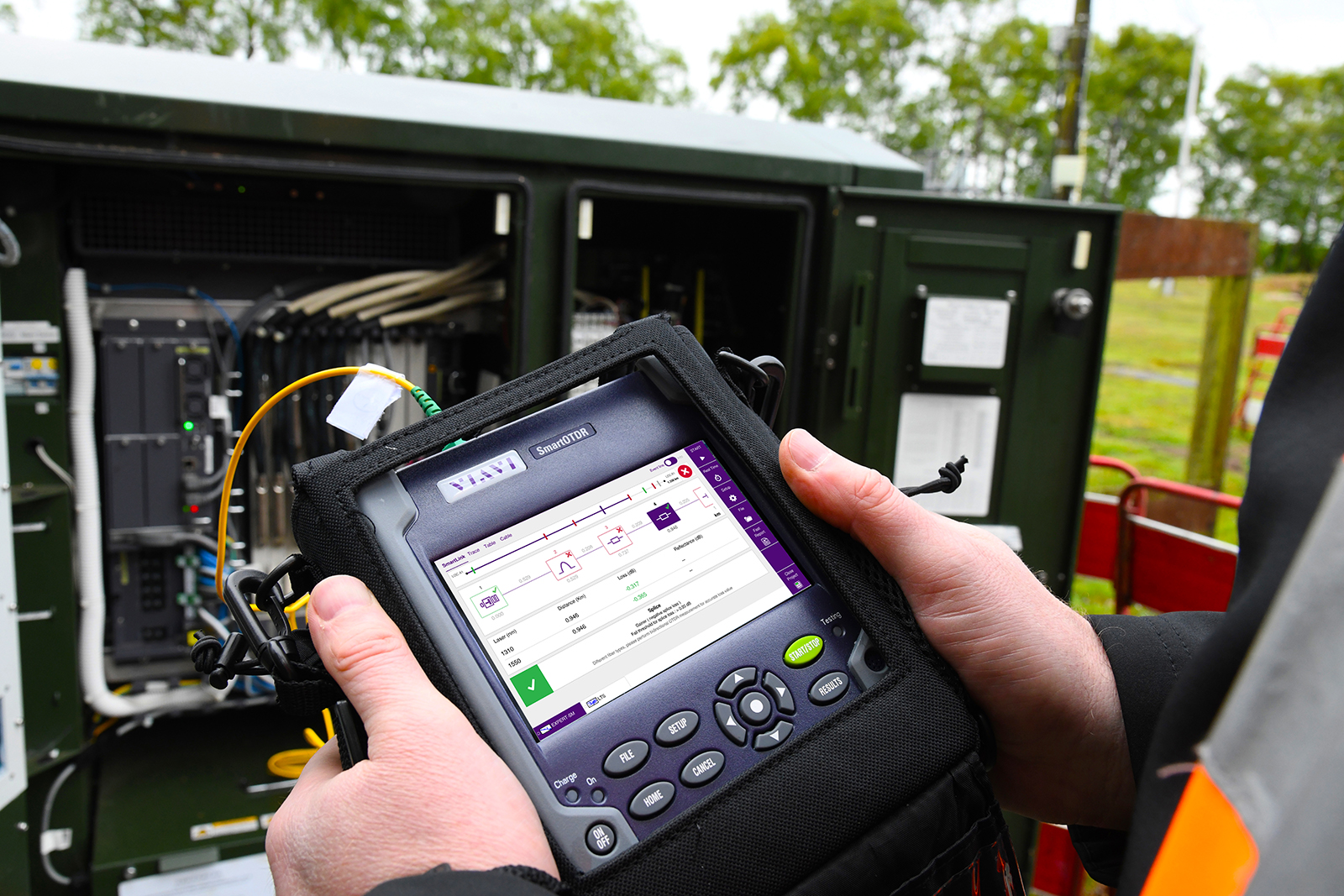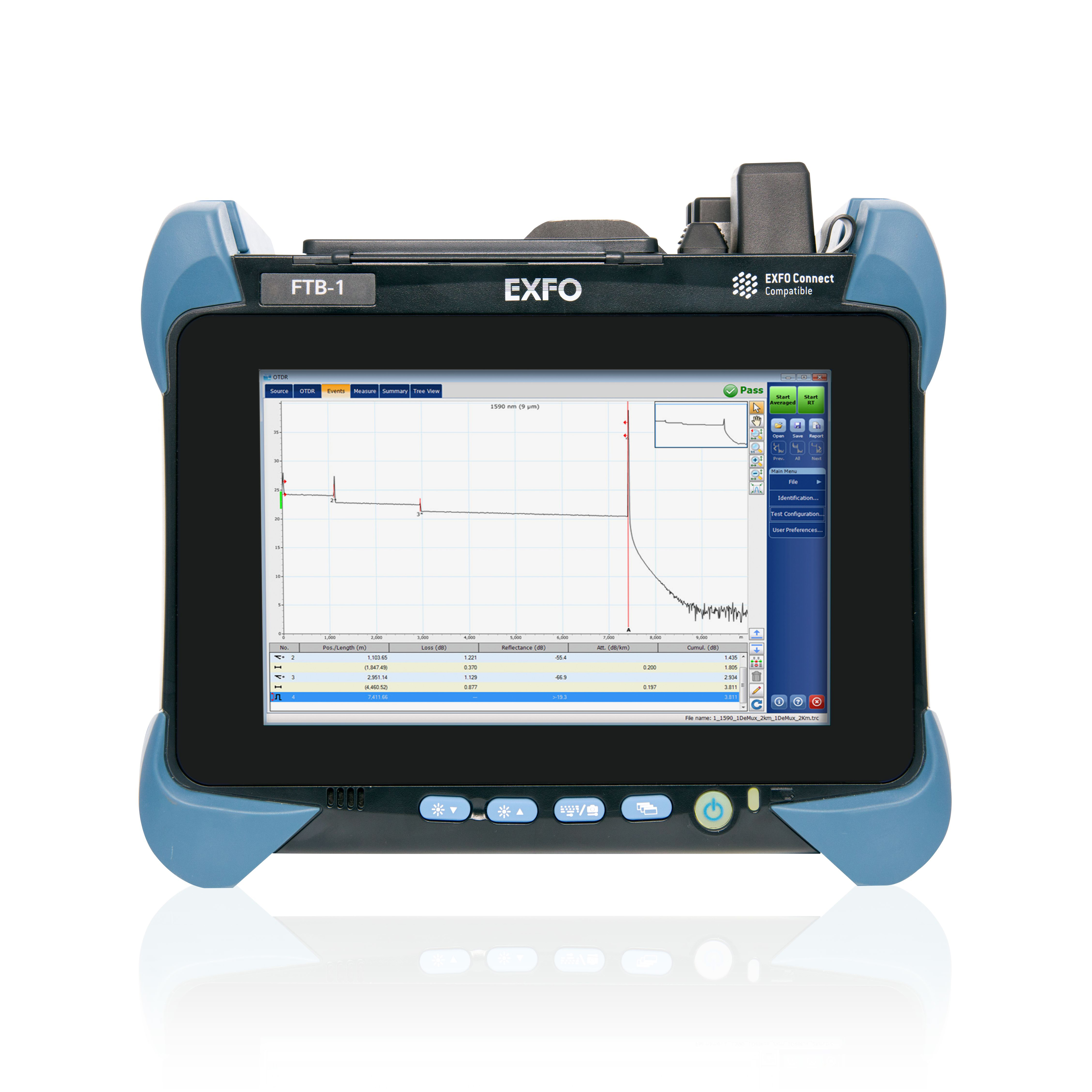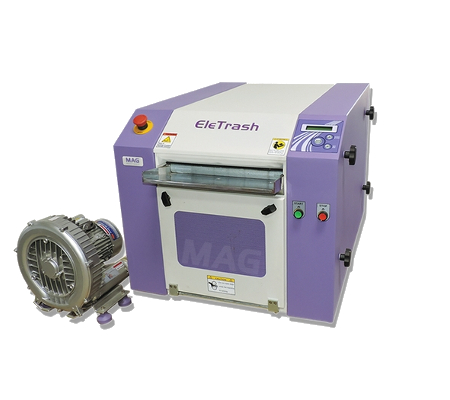The science behind fiber strength and durability through fiber measurement
The science behind fiber strength and durability through fiber measurement
Blog Article
Discovering Advanced Techniques in Fiber Measurement and Their Industry Influence
In today's textile market, exact fiber measurement is necessary for enhancing production processes and conference sustainability objectives. With the increase of cutting-edge imaging and analytical tools, you can get deeper insights into fiber framework and composition. This change not just enhances effectiveness however likewise straightens with market standards. As these innovative strategies advance, you could ask yourself exactly how they can even more transform making practices and impact the future of fabrics.
The Value of Accurate Fiber Measurement in Textile Production

Cutting-edge Imaging Technologies for Fiber Analysis
When it involves fiber analysis, ingenious imaging modern technologies are game changers. High-resolution microscopy strategies and spectroscopic analysis methods offer you with comprehensive understandings right into fiber structure and structure. These improvements not only boost accuracy but additionally streamline your measurement processes.
High-Resolution Microscopy Techniques
High-resolution microscopy techniques have actually reinvented fiber analysis, enabling researchers to envision fibers at extraordinary degrees of detail. With methods like scanning electron microscopy (SEM) and transmission electron microscopy (TEM), you can observe fiber morphology, surface attributes, and cross-sections with exceptional clearness. These strategies enable you to differentiate between different fiber types and evaluate their architectural stability. You'll locate that high-resolution imaging assists determine problems, inclusions, and various other vital features that can influence material performance. Innovations in digital imaging software have improved photo processing, making it easier to analyze and translate information. By embracing these innovative methods, you can drive higher accuracy in fiber measurement and add to innovations in numerous markets, from fabrics to compounds.
Spectroscopic Evaluation Methods
Spectroscopic analysis methods have actually become effective devices for fiber characterization, providing insights that complement high-resolution microscopy. You can make use of methods like infrared (IR) spectroscopy, which aids identify the chemical make-up of fibers by determining molecular resonances. Raman spectroscopy uses another layer of information, permitting you to examine molecular frameworks via scattering of single light. These techniques not only enhance your understanding of fiber homes but also enable the discovery of contaminations and architectural variants. By incorporating spectroscopic techniques with conventional microscopy, you acquire a much more comprehensive sight of fibers' physical and chemical features, enhancing your research study accuracy. Inevitably, these innovations can significantly influence material option and quality assurance in numerous markets.
Advanced Analytical Tools and Their Applications
As you discover the domain name of fiber dimension, you'll uncover that advanced analytical tools play a crucial duty in enhancing precision and performance. Techniques like high-performance fluid chromatography (HPLC) and gas chromatography (GC) enable you to evaluate fiber make-up with impressive accuracy. These tools allow you to identify certain elements and pollutants, ensuring quality assurance in your products.Additionally, utilizing scanning electron microscopy (SEM) offers you an in-depth view of fiber structure, helping you comprehend how various treatments affect efficiency. Modern software application likewise enhances information evaluation, making it much easier to translate complicated outcomes and work together throughout groups.

Influence of Fiber Measurement on Production Performance
While accurate fiber measurement may appear like a tiny detail, it considerably affects manufacturing efficiency in the textile market. When you buy exact fiber dimension strategies, you can maximize basic material use and reduce waste. This results in much better resource allowance, enabling you to generate top notch materials without overusing resources.By understanding fiber qualities, you can tailor manufacturing processes to particular materials, boosting your process and minimizing downtime. Recognizing the precise tensile stamina of fibers allows you change machinery setups for maximum performance. This not only speeds up manufacturing but likewise guarantees regular item quality.Moreover, accurate fiber measurement aids you determine problems early in the production line, avoiding costly reworks and delays (optical fibre diameter analyzer). On the whole, implementing innovative fiber measurement techniques improves procedures, improves performance, and eventually boosts productivity. In today's affordable market, every detail counts, and accurate fiber measurement is a game-changer
Sustainability Considerations in Fiber Analysis Techniques
When you analyze fiber, it's vital to consider sustainable practices that can decrease ecological effect. Utilizing environment-friendly dimension techniques and decreasing waste in your evaluations can substantially improve your general sustainability. Additionally, incorporating lifecycle analysis into your strategies can provide a more clear image of your fiber's environmental impact.
Eco-Friendly Measurement Approaches
Taking into consideration the growing need for sustainability in various industries, taking on green dimension techniques for fiber assessment has actually come to be important. You can start by utilizing safe solvents and eco-friendly materials in your screening processes. These options not just reduce environmental impact yet likewise enhance safety and security for your group. Applying electronic measurement strategies can better reduce waste, as they often call for fewer physical samples and sources. Furthermore, leveraging innovative innovations like near-infrared spectroscopy can generate precise results without hazardous chemicals. By picking these greener approaches, you contribute to a more sustainable future while maintaining high standards in fiber high quality. Ultimately, integrating eco-friendly practices right into your fiber analysis not just aligns with customer values yet also boosts your brand name's track record.
Minimizing Waste in Analysis
To properly minimize waste in fiber analysis, you can carry out techniques that simplify your screening processes and minimize source usage. Begin by Source enhancing example dimensions; making use of smaller sized samples can generate accurate results while saving products. Next off, invest in multifunctional devices that enables numerous tests without needing multiple gadgets, reducing power and resource usage. You must also consider adopting digital devices for information collection and evaluation, which can reduce down on paper waste and improve effectiveness. On a regular basis educating your group on sustainable methods assures everyone's aboard with waste reduction goals. Lastly, collaborating with distributors that prioritize sustainability can additionally enhance your initiatives, allowing you to assess fibers while keeping a commitment to ecological responsibility.
Lifecycle Evaluation Combination
Incorporating lifecycle evaluation (LCA) right into fiber evaluation methods can considerably boost sustainability efforts. By checking out the environmental impacts of fibers from production to disposal, you can determine locations for enhancement. This technique aids you comprehend resource intake, energy use, and waste generation throughout the fiber's life.When you integrate LCA, you're not just gauging fiber attributes; you're likewise thinking about the eco-friendly footprint. This alternative view allows you to make informed choices that focus on sustainability. You may choose fibers that call for less sources or have a reduced carbon impact. Ultimately, LCA equips you to maximize processes, decrease waste, and promote environmentally friendly choices in fiber production, straightening your experiment global sustainability objectives.
Industry Specifications and Rules Forming Fiber Measurement
As the demand for top quality fiber products expands, comprehending the sector standards and guidelines that regulate fiber dimension ends up being essential. These standards ensure consistency, precision, and security in the measurement process, which ultimately influences item top quality. Organizations like ASTM International and ISO established forth requirements that suppliers need to abide by, covering numerous facets such as fiber identification, toughness screening, and wetness material analysis.

Future Trends in Fiber Measurement and Fabric Production
Exactly how will advancements in technology reshape fiber measurement and fabric production? You'll see a change towards automation and real-time data evaluation, improving precision and efficiency. Smart sensing units will certainly keep track of fiber buildings constantly, permitting instant adjustments in manufacturing. This means you can anticipate greater quality textiles with much less waste.Moreover, AI and artificial intelligence will predict patterns in customer preferences, allowing suppliers to adjust rapidly. optical measurement system. By incorporating blockchain technology, you'll have much better traceability of materials, making certain sustainability and moral sourcing.Virtual reality and increased fact will certainly contribute too, providing immersive training experiences for employees on fiber handling and manufacturing processes.As you accept these changes, the textile sector will certainly transform right into a much more responsive, lasting, and ingenious market, establishing brand-new criteria for high quality and performance. The future of fiber measurement and fabric manufacturing is brilliant, and it's time to get on board
Frequently Asked Questions
What Are the Many Usual Fiber Types Measured in the Sector?
In the sector, you'll usually run into natural fibers like cotton and woollen, along with synthetic choices such as polyester and nylon. Each kind has distinct buildings, affecting their measurement and application in different items.
How Do Fiber Dimensions Affect Consumer Product Quality?
Fiber measurements straight affect customer item top quality by ensuring consistency, sturdiness, and performance. When you comprehend these metrics, you can make enlightened selections, official source bring about enhanced complete satisfaction and far better total experiences with the products you utilize.
What Training Is Needed for Fiber Dimension Technicians?
To end up being a fiber dimension professional, you'll need specialized training in fabric science, measurement methods, and tools operation. Hands-on experience and accreditations can boost your skills, making you skillful in precise fiber analysis and quality control.
Are There Any Type Of Qualifications for Fiber Dimension Professionals?
Yes, there are certifications for fiber measurement specialists. You can seek options like the Licensed Optical Fiber Technician (CFOT) or various industry-specific qualifications that improve your expertise and reputation in fiber measurement and screening.
How Can Small Companies Apply Fiber Dimension Techniques Efficiently?
You can apply fiber measurement techniques properly by Get More Information spending in budget friendly tools, educating your team, and establishing clear methods. Work together with industry professionals and continuously improve your procedures to enhance precision and performance gradually.
Report this page